I heard about Tenmoku and fell in love with it at first sight!
I want to get my hands on a genuine "Song Tenmoku"!
But it's difficult to distinguish between genuine and fake? Today, let's talk about several antique-making techniques of old Tenmoku together, and share our experiences!

I used to receive various inquiries from Tenmoku enthusiasts, some sent pictures, while others even mailed their priceless Tenmoku to me, hoping that I could help them distinguish between genuine and fake.
In fact, to identify the authenticity of a "Song Tenmoku", besides having sharp eyes and a deep theoretical knowledge, extensive experience in Tenmoku firing and analysis of antique samples are also essential.
To help more Tenmoku enthusiasts, today I will briefly discuss several common antique-making techniques. I hope this will be helpful to everyone. (Of course, there are many more antique-making techniques, but I will only list several common ones.) One."Dimming and muting" technique.
In fact, "dimming" means using a strong acidic substance to treat the glaze surface, which removes the "thief-like luster" on the new Tenmoku glaze surface.
And "muting" means taking the new Tenmoku straight out of the high-temperature firing and throwing it into cold water, which makes the sound less brittle.
This is because the sound of the old Tenmoku when tapped is more antique and dull, while the sound of the newly fired Tenmoku is clear and crisp!
Two.Throwing and repairing technique.
In terms of shaping:
Genuine Tenmoku has a thick and antique appearance, with natural and smooth lines. When held in the hand, it exudes a faintly discernible ancient aura.
As for imitations, their appearance tends to be more uniform, and they generally feel slightly larger than the old Tenmoku. Additionally, the clay and glaze of imitations appear thinner compared to the genuine ones, and this modern feeling cannot be erased.
In terms of clay quality:
If it is a genuine Tenmoku, there is a certain texture when held, and the clay is more compact. The repair of the clay is also more casual, making it appear rough but more natural.
The clay of the imitations is processed too finely, and the repair of the clay is too neat. The wall of the imitations is thinner, the curvature of the circle foot is more rounded, and the bottom foot is slightly deeper.
Three.Bottom joining technique.
The bottom joining technique appeared after the 1990s, as mentioned before. It involves rejoining the unearthed bottom to a new body, and then firing it in the kiln.
This type of judgment requires a comprehensive analysis from multiple perspectives, as mentioned before and I have provided the link below. Four.The old tire new enamel method.
This type is relatively easy to judge and the price is not likely to be high.
It means to reapply enamel or leave unglazed on unrefined products excavated from the kiln site or old teacups with poor glaze, and then fire them again in the kiln.
As mentioned earlier, the above-mentioned methods of creating an aged appearance are common, and there are also other techniques such as adding inscriptions or markings such as "For Imperial Use," "Made for the Palace," and other fictitious marks on old teacups.
Therefore, to learn how to distinguish old teacups, a combination of theory and practice is necessary. It is important to study theoretical knowledge and compare old and new teacups to gain a comprehensive understanding. One cannot be lacking without the other.


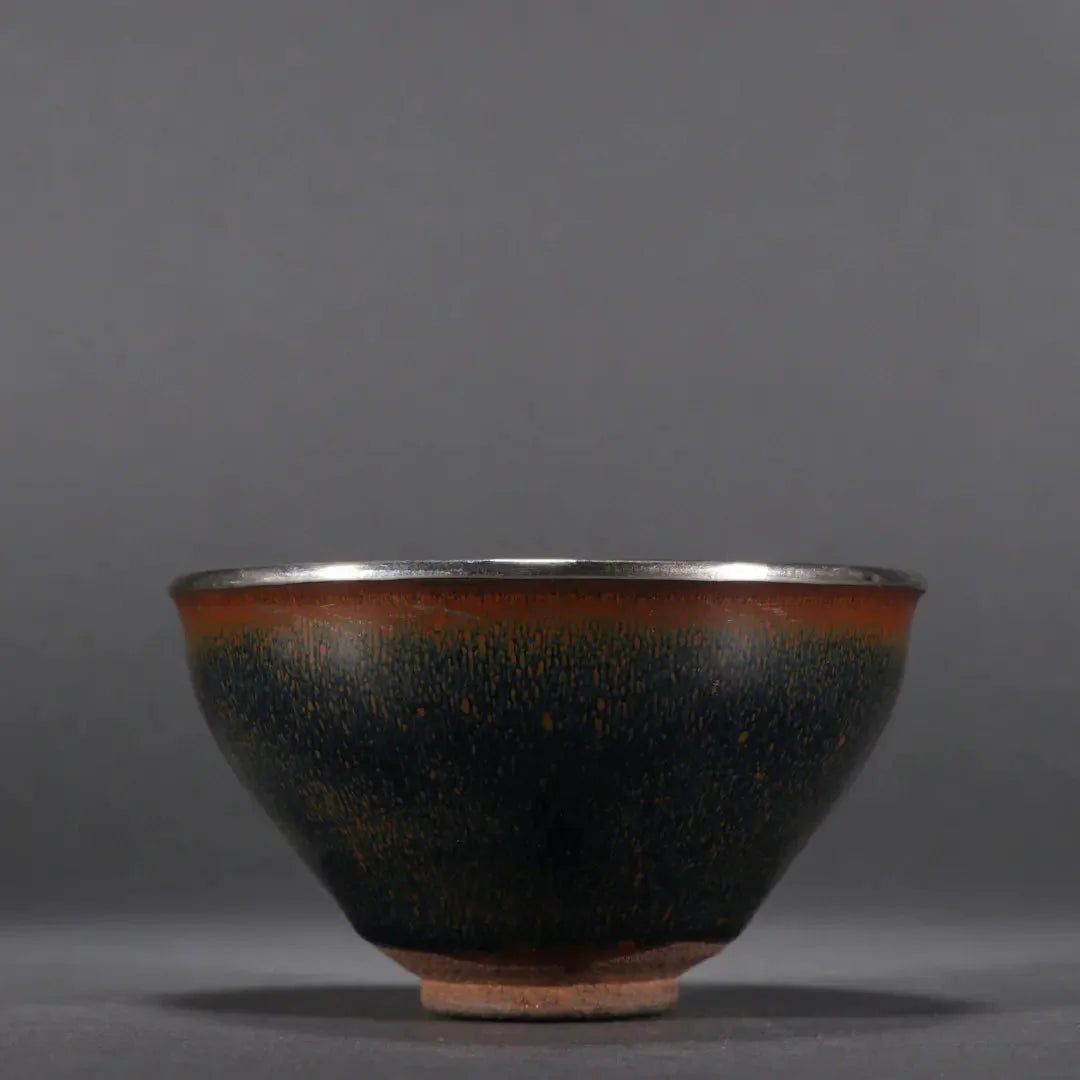
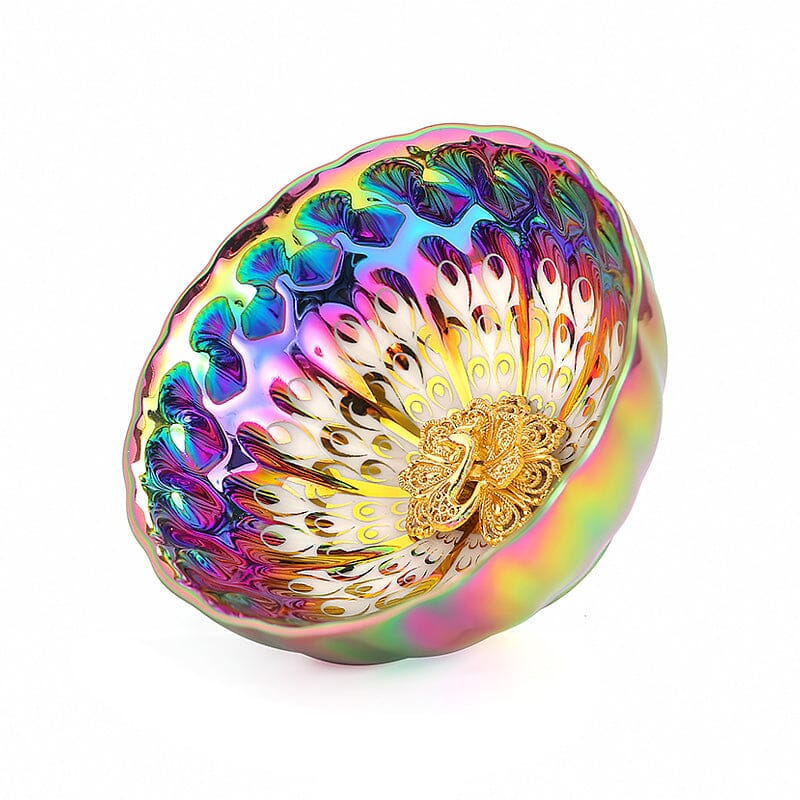
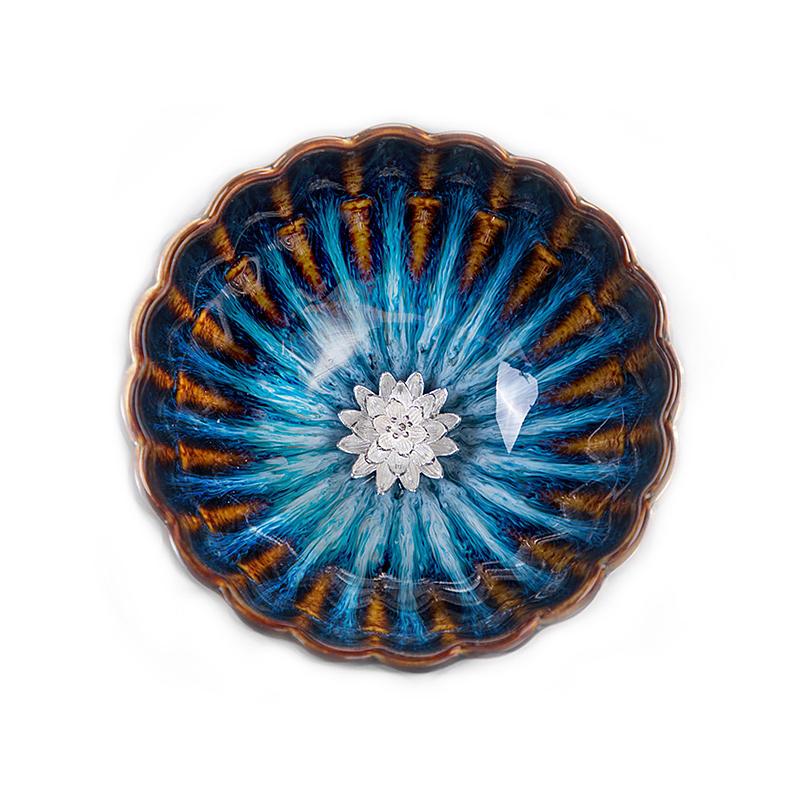
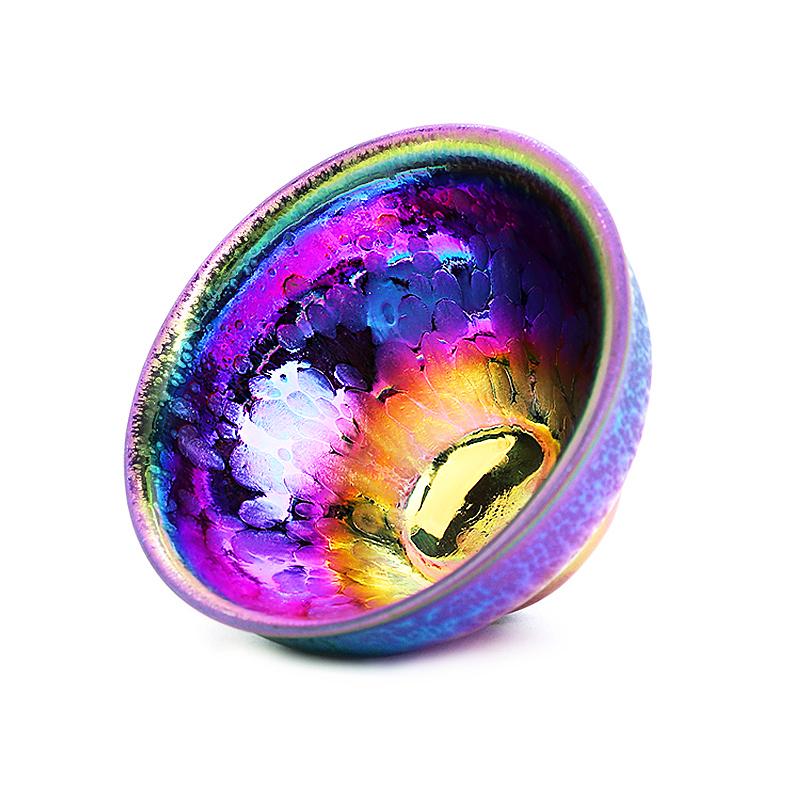
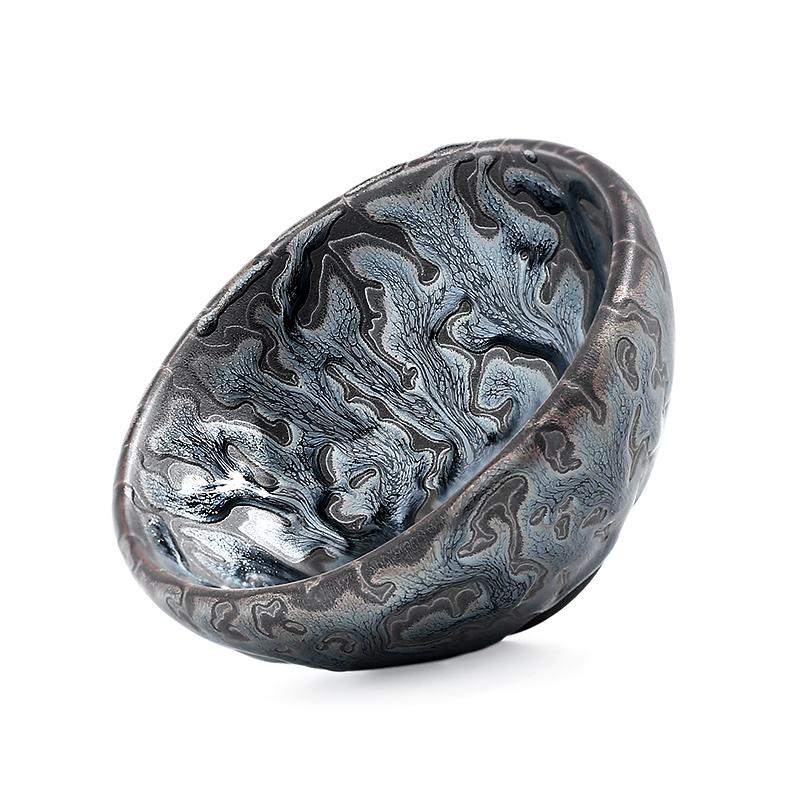
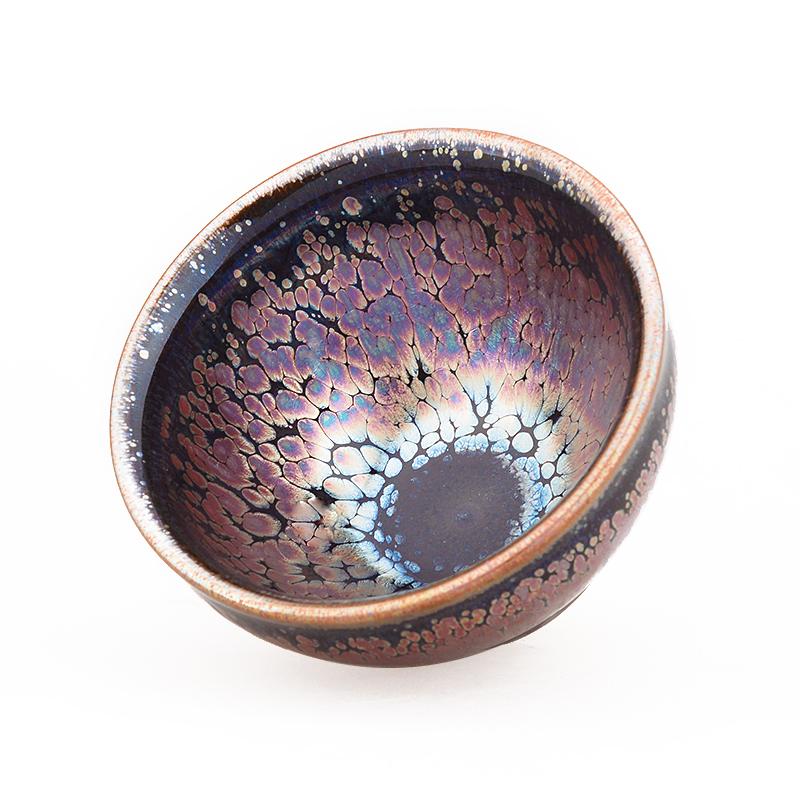
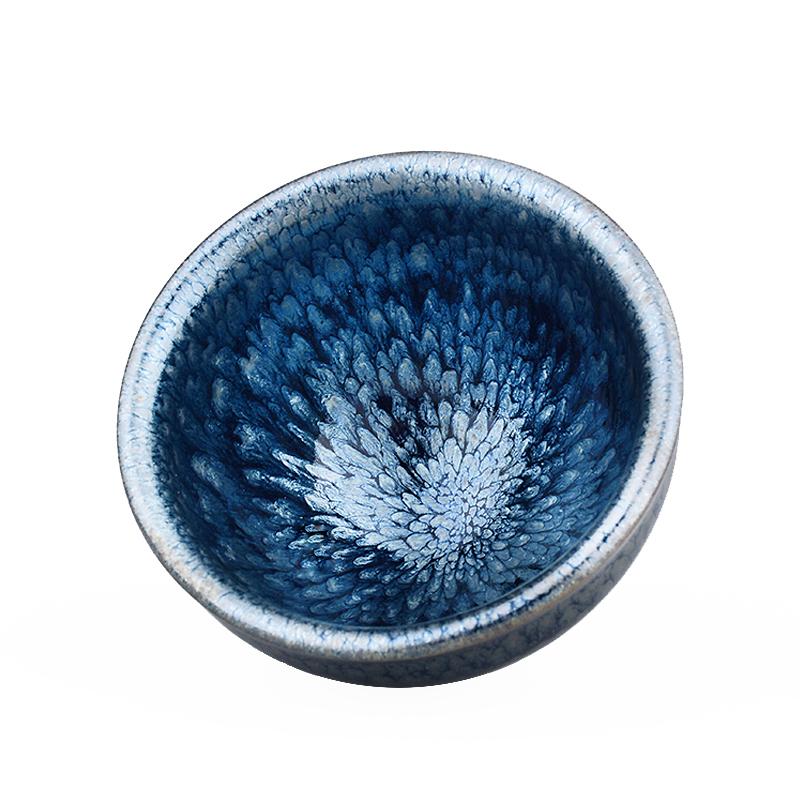
Share:
Tenmoku Collectors: 3 Critical Cautions to Keep in Mind
11 Factors Causing Flaws in Teapot Construction: 2 External, 9 Internal